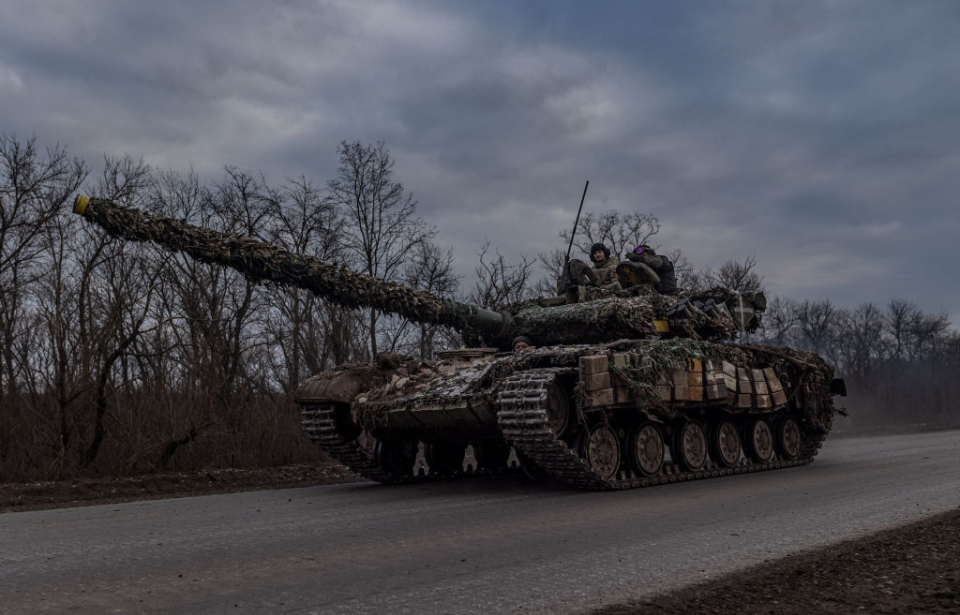On February 24, 2024, the Russo-Ukrainian War entered its third year. In what became the largest assault on a European nation since the Second World War, Russian troops began their attack on Ukraine, under the guise of a “special military operation.” The West was quick to condemn the move by Russian President Vladimir Putin, promising support for Ukraine.
While this may have signaled the conflict wouldn’t run for long, the opposite has occurred, without any indication a ceasefire will happen anytime soon. Two years in, where do Russia and Ukraine stand, and what does the war look like as it enters what many can’t believe is its third year?
March 2023 – Lack of equipment, Bryansk Oblast raid, reprisals
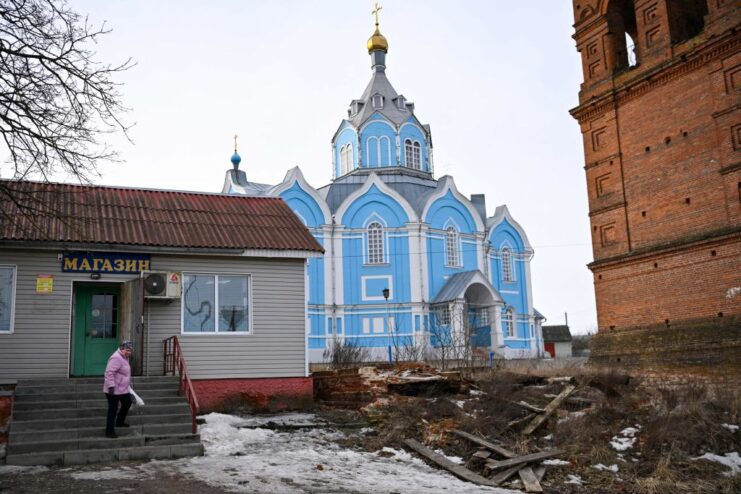
As the Russo-Ukrainian War moved into its second year, news spread that the Russian forces were beginning to struggle with a lack of equipment. This came as no surprise to many, as reports had already emerged regarding rumors that World War II– and Soviet-era tanks were being taken out of storage for use on the battlefield.
According to the United Kingdom’s Ministry of Defence, reservists were being sent into combat with little more than firearms and shovels, meaning that, while much of the fighting up until that point had been long-range, more of it was breaking out into hand-to-hand combat.
CNN also reported at the time that the Russian forces were rationing ammunition and artillery, signaling supply shortages, while the Associated Press had received information that reservists were having to purchase their own grenades and body armor. On the flip side, Ukraine had received a host of Western tanks, including German Leopards and British Challengers.
On March 2, 2023, in what Vladimir Putin called a “terrorist attack,” an armed group crossed the Russia-Ukraine border and launched assaults on both Sushany and Lyubechane, in the Bryansk Oblast. While those responsible haven’t been concretely confirmed, a group of Russian anti-government partisans known as the Russian Volunteer Corps claimed responsibility.
During the raid, which was ultimately repelled by the Russian forces, two individuals were killed. In retaliation, Russia conducted an intense airstrike that saw 81 missiles and eight drones fired across Ukraine. The attacks were primarily against infrastructure targets, and while Ukraine’s air defenses were able to shoot several projectiles out of the air, many hit their mark. Among those hit was the nuclear power station in Russian-occupied Zaporizhzhia.
April 2023 – Prisoner swaps, Russian airstrikes
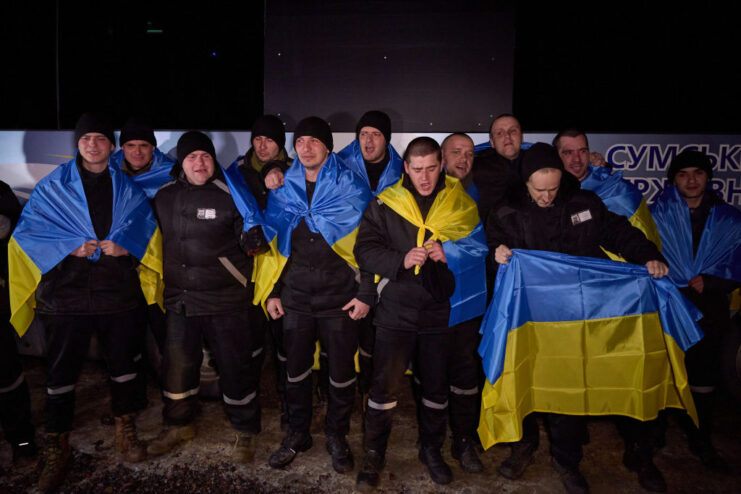
Two high-profile prisoner swaps occurred in April 2023. The first saw 106 Russian prisoners of war (POWs) exchanged for 100 Ukrainians, many of whom were involved in the defense of Mariupol and the Azovstal steel plant. The second was conducted in recognition of Easter, with 130 Ukrainian POWs allowed to return home. The number of Russian troops released is unknown.
On April 28, some 25 Ukrainian civilians were killed when Russia launched airstrikes on a host of cities, including Uman, Dnipro, Kyiv, Mykolaiv, Kremenchuk and Poltava. It was the military’s first large-scale aerial strike in two months, with residential targets among those struck. Of the 23 missiles that were launched, Ukraine reportedly intercepted 21, with two said to be “attack drones.”
According to Russian military sources, the areas targeted were selected because they were determined to house Ukrainian reservists.
May 2023 – Ukraine loses control of Bakhmut
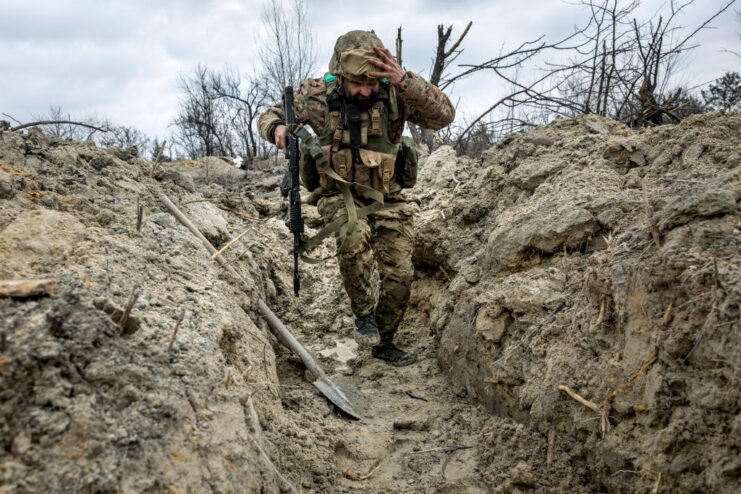
As the Battle of Bakhmut was winding down, Wagner PMC founder Yevgeny Prigozhin revealed his mercenaries weren’t equipped with the necessary amount of ammunition, leading him to threaten their withdrawal. His going to the media appeared to work, as he was promised increased supplies from the Kremlin.
Not long after, claims began to surface that the Russian forces were using White Phosphorus munitions near civilian areas in Bakhmut. As the month drew on, the Ukrainian forces kept releasing reports that they’d gained more ground in the city, with Russian sources denying the claims, saying troops were simply relocating to more favorable areas in and around Bakhmut.
By May 20, 2023, Prigozhin had revealed that his mercenaries had completely captured the city from the Ukrainian forces. While this was originally refuted by Ukraine, President Volodymyr Zelenskyy appeared to confirm the news the following day, telling the media, “For today, Bakhmut is only in our hearts.” However, he later backtracked on this and said it hadn’t fallen to the Russians.
Not long after this, Wagner PMC began transferring control of Bakhmut to the Russian military.
While the Ukrainian forces have gained some ground since losing Bahkmut, the Institute for the Study of War (ISW) has noted that the Russians have done the same in areas surrounding the city.
June 2023 – Kakhovka Dam, Ukrainian counteroffensive, failed mutiny
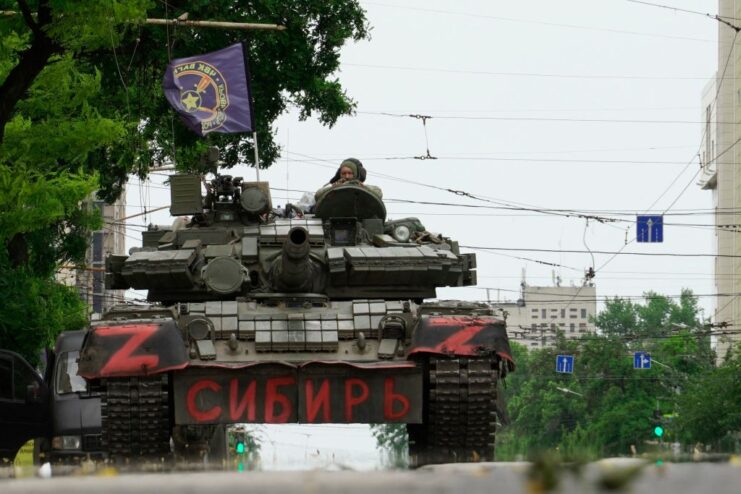
On June 6, 2024, the Kakhovka Dam in southern Ukraine collapsed, in the Russian-occupied city of Nova Kakhovka. Situated near the Dnipro, it held back a large reservoir, of which 72 percent spilled into the nearby area. The collapse created what can only be called an environmental disaster, with dozens of villages and agricultural land covered in feet of water. It also impacted local food and drinking water supplies.
In an attempt to regain lost territory, the Ukrainian military launched an intense counteroffensive along the southeastern front. The initial phases of the attack resulted in dire losses for Ukraine, but the country’s troops were able to break through some of Russia’s defensive lines in the Zaporizhzia Oblast.
As the counteroffensive drew on, it became evident that Ukraine was looking to attack from several areas, with the intention being to disperse Russian troops, making territorial gains more likely. This included attacks on Bakhmut and Donetsk, with much of the strikes occurring on the ground, given the Ukrainian military’s lack of air superiority.
Unfortunately for Ukraine, the months-long counteroffensive didn’t go according to plan, with many crediting Russia with a defensive victory.
As the Russo-Ukrainian War continued to play out, Wagner PMC founder Yevgeny Prigozhin became an outspoken critic of the Russian military’s top brass, creating enemies within the regime. Things came to a head on June 23-24, 2024, when he and his mercenaries staged a failed mutiny on Moscow.
After capturing Rostov-on-Don in the south, Wagner mercenaries began marching toward the Russian capital. Things were called off when the group was 120 miles away from Moscow, with a deal brokered with Belarusian President Alexander Lukashenko. The deal saw Prigozhin agree to go into exile in Belarus, while his mercenaries would either follow him or join with the Russian Armed Forces.
July 2023 – Vilnius NATO summit
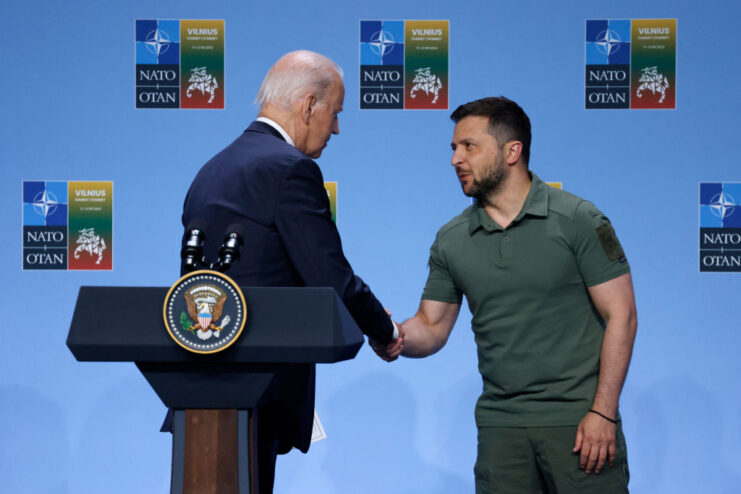
From July 11-12, 2023, the Vilnius NATO summit was held in Lithuania. One of the primary topics discussed during the two-day conference was the Russo-Ukrainian War. Member nations reiterated their support for Ukraine and confirmed the country was on its way to becoming an official part of NATO. However, no timeline or date was provided regarding when this would occur. As could be expected, the lack of an invitation to join the alliance upset Volodymyr Zelenskyy.
As part of the West’s continued support of Ukraine, promises were made regarding the delivery of additional weapons to the country’s military. Among the supplies promised were General Dynamics F-16 Fighting Falcons, Black Hornet Nanos, Patriot missile systems, armored vehicles, Bushmaster Protected Mobility Vehicles and Norwegian Advanced Surface-to-Air Missile Systems (NASAMs).
August 2023 – Defection, Yevgeny Prigozhin, North Korea
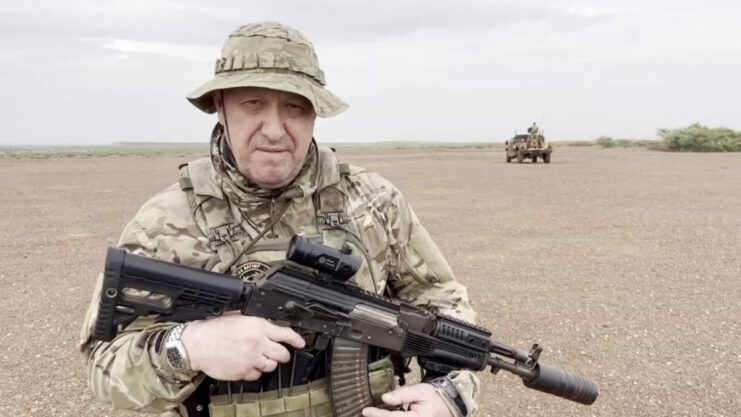
Rumors and allegations of defection have been reported throughout the Russo-Ukrainian War, with the most high-profile thus far coming on August 9, 2023. Russian Mil Mi-8 pilot Maxim Kuzminov, in a preorganized plan involving the evacuation of his family, turned off his radio and flew to a location near Poltava, in the Kharkiv Oblast. A press conference held a month later revealed he’d also brought with him spare fighter jet parts.
On February 21, 2024, it was announced that Kuzminov had been shot dead in a parking garage in Spain a week prior. The area, located along the Mediterranean Sea, is known to be a place where several Russian and Ukrainian expatriates have settled since the war began. It’s currently unknown who is responsible for Kuzminov’s death or whether it’s related to his defection, but it has been reported that Spanish Intel has information that places the blame on Russian-hired gunmen.
The death of Yevgeny Prigozhin was one that many with knowledge of Russian politics weren’t surprised to learn about, given the failed mutiny. It was reported on August 23, that an aircraft, owned by Wagner PMC, had crashed in the Tver Oblast, just north of Moscow. Among those aboard the Embraer was the private military company’s founder.
According to a Telegram group connected to Wagner, the aircraft was shot down by regional air defenses. While unconfirmed, it’s believed the incident was orchestrated by Vladimir Putin, as payback for the mutiny and Prigozhin’s criticism of Russia’s military. This claim is further strengthened by a decree the Russian president signed on August 25, which ordered Wagner PMC to sign an “oath of allegiance” to Russia.
Just a week after Prigozhin’s death, the United States reported that Russia had established a bilateral deal with North Korea to supply the country’s military with artillery ammunition. It had long been reported that Putin was trying to secure supplies from both North Korea and Iran, with confirmation that an agreement had been secured with the former raising concerns with several Western nations.
Shortly after this deal was announced, Putin met with North Korean leader Kim Jong Un, during which the latter reiterated his support for Russia’s continued fight against Ukraine and the West.
September 2023 – Dismissals, headquarters destroyed, conscription
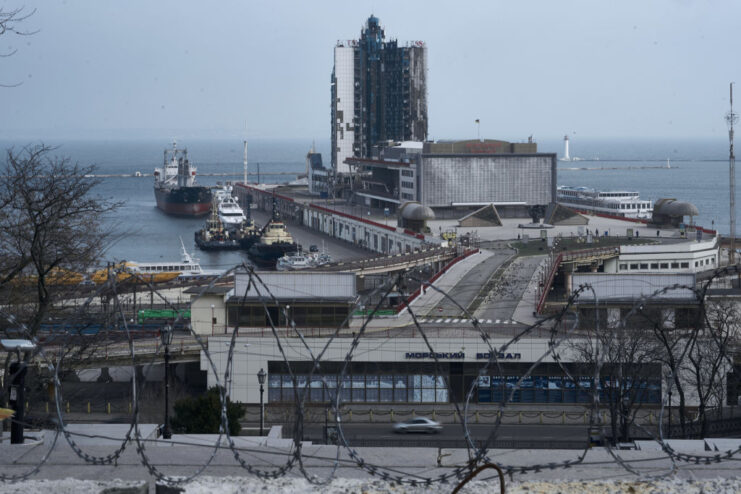
Among the most surprising military upheavals to occur in September 2023 was the removal of several key figures in Ukraine’s government. Deputy defence ministers Hanna Maliar, Andrii Shevchenko, Denys Sharapov, Rostyslav Zamlynskyi, Volodymyr Havrylov and Vitalii Deyneha were dismissed, as was the ministry’s state secretary, Kostiantyn Vashchenko.
The headquarters of the Russian Navy’s Black Sea Fleet was struck and destroyed during a Ukrainian missile attack on September 22. According to Ukrainian military officials, the attack was conducted with Storm Shadow missiles, which left the main building smoldering.
While Russian officials claimed just one person was missing, Ukraine said 34 officers were killed and 105 injured. Among those to reportedly lose their lives was Fleet Commander Adm. Viktor Sokolov, a claim Russia has denied. While a video alleging to show him was subsequently released, Sokolov has not been seen alive since the strike.
On September 29, Vladimir Putin announced the country’s autumn conscription campaign, which would include those living in Russian-occupied Ukraine. With these new numbers included, as well as an increase in the maximum age for conscription from 27 to 30, it was anticipated that around 130,000 men would be called up to serve in the Armed Forces.
October 2023 – Operation Dragonfly, Avidiivka
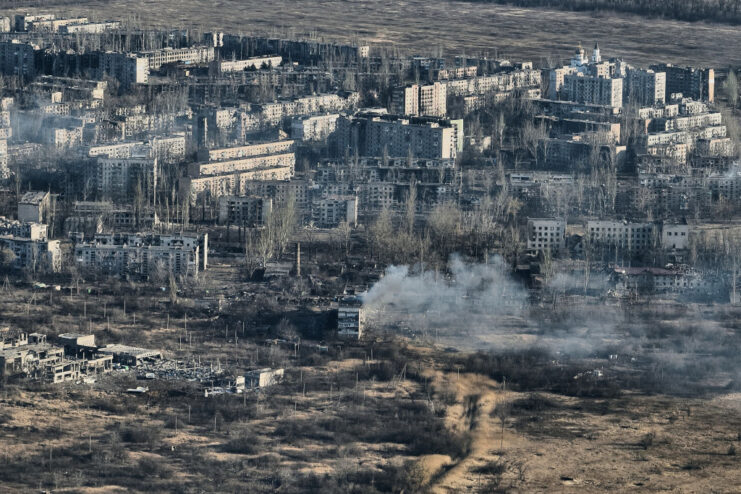
During what was dubbed “Operation Dragonfly,” Ukrainian Special Ops reportedly took out several key targets in Luhansk and Berdyansk. Along with killing and wounding dozens of Russian soldiers, the airstrikes also destroyed an ammunition dump, an air defense system, between 19-21 helicopters and special vehicles. Airstrips were also reportedly damaged.
Word of the Ukrainian attack came shortly after the United Kingdom’s Ministry of Defence announced that Russia had launched its “most significant offensive operation” since the previous January, with troops and armored vehicles targeting Avidiivka. The heavily guarded city is located in the Donetsk Oblast and was seen as a key player in Russia gaining full control of the area.
Avidiivka’s importance meant the Russian military dedicated a lot of man and firepower to the offensive, with early reports of the fighting saying that the country had suffered some of its highest casualty rates of 2023. This claim was supported by Volodymyr Zelenskyy, who alleged on October 28 that Russia had lost a brigade’s worth of troops during the military’s advance into the city.
The amount of death and destruction occurring in and around Avidiivka as the fighting escalated led many to compare the battle to the one that occurred in Bakhmut. With Russia unrelenting in its assaults, Ukraine was forced to redeploy battalions from the southern front, and Vitalii Barabash, the head of Avidiivka’s military administration, said the combat was unlike anything he had previously seen.
By October 27, the city had been left in ruins, with the majority of residents having fled to safer areas of Ukraine.
November 2023 – Aid package, drone strikes, gaining ground
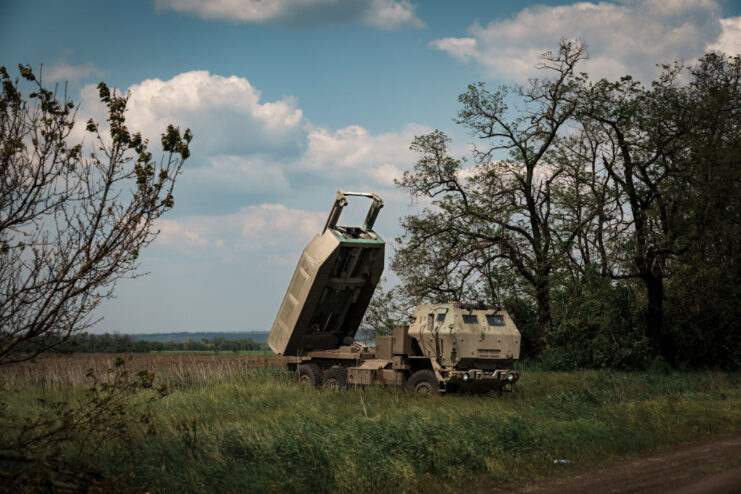
With fighting largely at a stalemate, the West was enthused to learn around the middle of November 2023 that the Ukrainian forces had secured several key bridgeheads along the Dnipro, near Kherson. Chief of Staff Andriy Yermak told the media that around three to eight km of buffer zones had been secured. However, just a week later, Russian Defence Minister Sergei Shoigu claimed Ukrainian Special Ops and Marines had sustained “colossal losses” along the river’s east bank.
During a surprise trip to Ukraine, US Secretary of Defense Lloyd Austin revealed that the United States was preparing a $100 million aid package to support the country’s ongoing fight against Russia. Among the weapons included were the M142 High Mobility Artillery Rocket System (HIMARS), the FIM-92 Stinger and BGM-71 TOW.
On November 25, a large drone strike was launched against Kyiv. According to Ukrainian Air Force Chief Mykola Oleschuk, the Ukrainian forces were able to shoot down 71-74 of the 75 weapons launched at the city, with 40 percent downed by “mobile fire” units – essentially, pickup trucks equipped with either flak cannons or machine guns.
December 2023 – Trench warfare, Russian missile strikes, critical hit
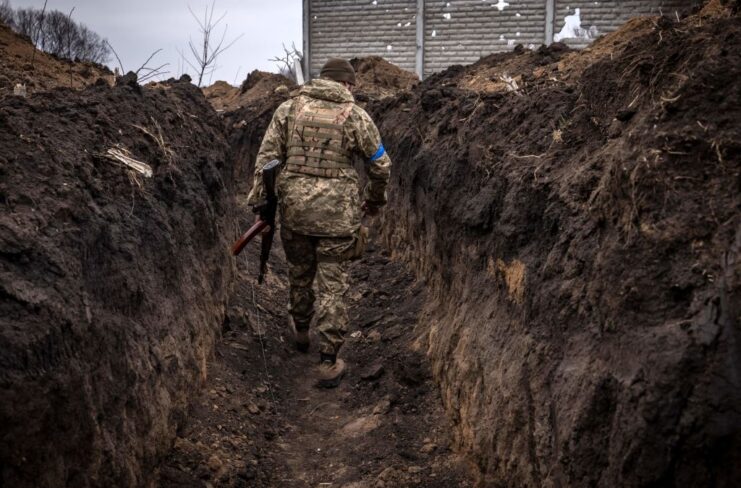
In December 2023, months after the Russo-Ukrainian War had deteriorated into trench warfare on certain fronts, the Ministry of Defence of Ukraine informed the wider world of just how dire the situation had become. A statement was issued regarding Mouse Fever among Russian troops fighting in Kupiansk, given how infested the trenches on both sides had become. On top of that, the Ukrainians were reporting equipment malfunctions, due to the number of rats and mice running along the trench systems.
Just a few days before the world welcomed 2024, Russia launched its biggest missile strike against Ukraine since the war began in February 2022. CNN reported at the time that 158 aerial weapons had been used in the aerial assault, ranging from X-101 missiles to S-300s.
The attack, which targeted the likes of Kyiv, Odesa, Kharkiv, Lviv and Dnipro, killed at least 31 people and injured well over 100. The carnage prompted Volodymyr Zelenskyy to, once again, press Western nations to increase their support of Ukraine, with a push for more funding and weapons. It appeared the Ukrainian forces had fought back against the assault, shelling Belgorod. Top military officials, however, claimed the attack was actually the result of Russian air defenses.
December also saw the sinking of a Russian warship at the hands of the Ukrainians. The landing ship Novocherkassk was struck while docked in southern Crimea, according to the Ukrainian Air Force, with videos showing both fires and explosions breaking out on the vessel, indicating her onboard munitions had been set off by the aerial strikes.
Russia eventually confirmed the attack, stating one person had been killed and two others injured. The Ukrainian Navy refuted this low casualty count, claiming 80 had been killed.
January 2024 – Continued missile strikes, GLSDB, military shakeup
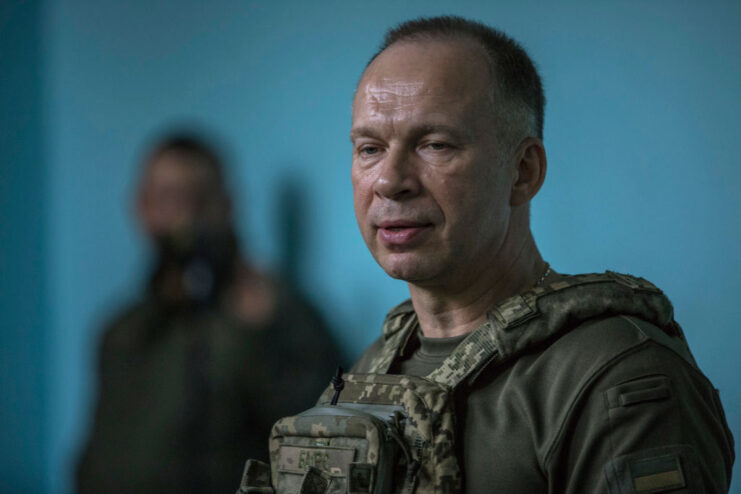
Just two days into the new year, Russia launched a series of devastating strikes on Kyiv and Kharkiv. Both deaths and injuries were reported, with Volodymyr Zelenskyy saying the enemy forces had launched 200 drones and 300 missiles over three days. The extent of the attack didn’t come as a surprise to some, with Ukrainian officials warning about Russia’s stockpiling of such weapons prior to the January 2 assault, with additional strikes occurring over the subsequent weeks.
Toward the end of January, it was announced the United States had delivered a new long-range weapon to Ukraine, one not even equipped by its own military: the Ground-Launched Small Diameter Bomb (GLSDB). Developed by Boeing and Saab, it consists of a 250-pound bomb attached to a rocket that’s capable of hitting targets up to 90 miles away.
US President Joe Biden had announced in February 2023 that the US would be delivering a new bomb to Ukraine. Writing about the GLSDB, Saab said the weapon is “capable of reverse slop engagements and defeating multiple threats ranging from hardened facilities to soft-skin assets.”
Around the same time, reports began to emerge that Zelenskyy was preparing to replace Army Chief Valerii Zaluzhnyi in what would be the biggest shakeup within the Ukrainian military since the Russo-Ukrainian War began. News of the impending job change came amid increasing tensions between the two men that had only worsened following the failed counteroffensive the previous November.
On February 8, it was announced that Oleksandr Syrskyi had replaced Zaluzhnyi in the position, having previously served as the commander of the Ukrainian Ground Forces and the commander of the Joint Forces Operation. He’s known among the military brass as the “Hero of Ukraine” for his battlefield successes.
February 2024 – Alexei Navalny, sanctions, Russia’s military strength
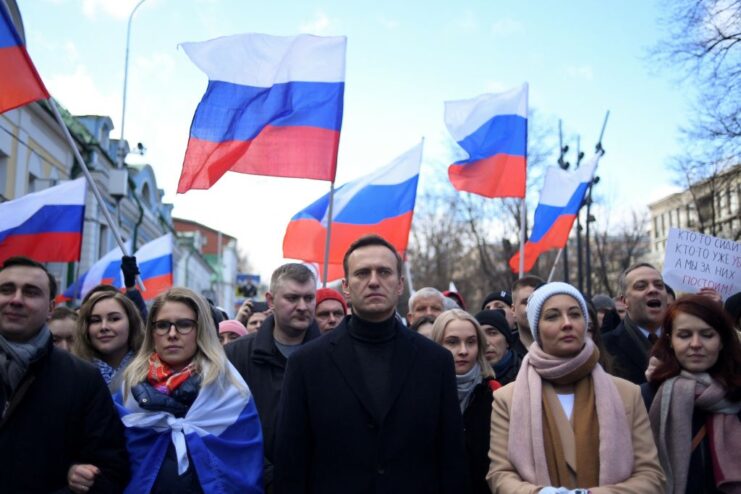
On February 16, 2024, it was announced that Russian opposition leader and Putin critic Alexei Navalny had died while being held at Penal Colony No. 3, in the Arctic Circle. Officials claimed he collapsed and died after going for a walk, despite him having been in good health the day prior. This led many, including Western leaders, to suggest something nefarious caused Navalny’s passing, with many placing the blame solely on Putin.
Following Navalny’s death, his family was barred from seeing and collecting his body for eight days, with his mother suggesting the delay was to allow a deadly nerve agent to leave his bloodstream. In response to the opposition leader’s death, many Western nations placed additional sanctions on Russia, with the United States, in particular, imposing 500 new ones.
Speaking about the new sanctions, Joe Biden said the aim was to “ensure” Putin “pays an even steeper price for his aggression abroad and repression at home.”
Around the same time news of Navalny’s death was announced, so, too, did news that Russia had, once again, bolstered troop numbers, allowing the country’s military to secure its biggest victory since the fall of Bakhmut in May 2023. After unrelenting attacks on the eastern city of Avidiivka, Ukrainian forces abandoned the city, allowing the Russians to move in.
Putin called Ukraine’s ceding of the area an “important victory,” while Volodymyr Zelenskyy placed the blame on a lack of support from Western allies, adding that the withdrawal was required to save the lives of the Ukrainian troops stationed in Avidiivka.
What does the next year look like?
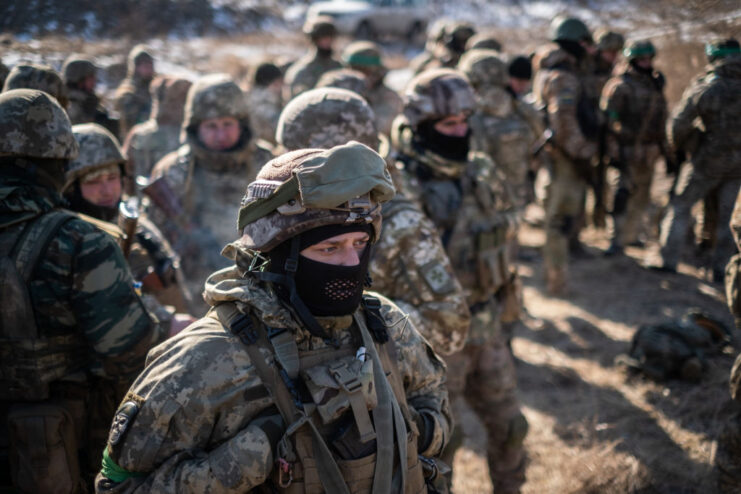
As the Russo-Ukrainian War enters its third year, a lingering question remains: Will continued verbal support from the West be turned into the actual delivery of much-needed supplies and weaponry for Ukraine? With the ongoing war in Israel tying up the world’s attention and governments becoming more reluctant to turn their words into action when it comes to the conflict, it will be a year of Volodymyr Zelenskyy pushing Ukraine’s allies for assistance.
Outside assistance has become increasingly critical as of late, given Russia’s increased military numbers and its support from the likes of North Korea and Iran. According to one soldier who spoke to Sky News, the enemy is sending back 10 artillery shells for every one fired by the Ukrainians – a deadly difference. The outlet also reported a tank crew had to use a screwdriver and hammer to bring a Soviet-era rocket back to operational condition, as opposed to the proper tools.
The United States is looking to approve another funding increase, this time tapped at $60 billion USD, but it’s currently stalled by House Republicans. There’s also the concern that production lines just aren’t equipped to produce the amount of weapons needed to supply both Ukraine and the nations they typically service. Vladimir Putin, on the other hand, has ramped up Russia’s weapons manufacturing.
More from us: Russia is Getting So Desperate In Its War Against Ukraine That It’s Deployed Obsolete T-55 Tanks
While no one can say for certain what’ll happen in the Russo-Ukrainian War over the next year, it appears international support, troop expansion and weapons proliferation will play a big role in the outcome of whatever offensives and counteroffensives take place.
